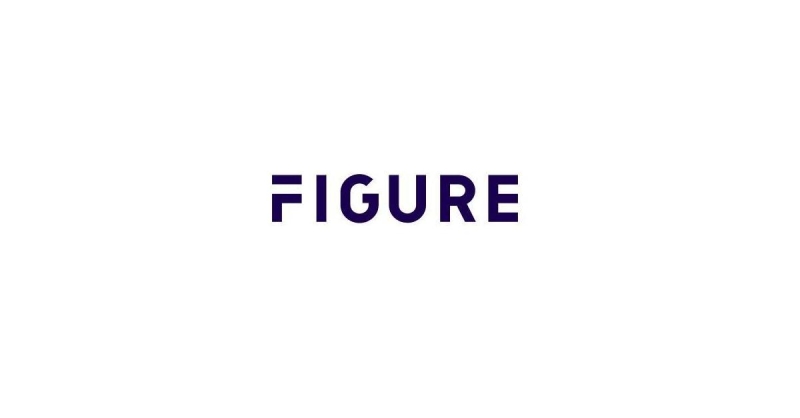Advertisement
The three Ds of foreclosure
NAHB: Tax credits boost incentive for greening American homesMortgagePress.comNAHB, tax credits, green, environment, home building
Expanded tax credits for energy-efficient home improvements in
the new economic stimulus package puts more money in consumers'
pockets by providing financial incentive for home owners to go
green on their renovation projects in 2009 and 2010. While more
efficient homes save on water and energy bills, these tax credits
will make such home upgrades even more affordable.
The Internal Revenue Code section 25C tax credit for existing
homes, which had expired at the end of 2007, was reinstated as part
of the economic rescue package passed by the Bush Administration
last fall. Homeowners could be rewarded for installing
energy-efficient windows, doors, roofing and insulation as well as
furnaces, air conditioners and heat pumps.
But remodelers found that the terms of the 25C credit--equal to
only 10 percent of the cost of each product and with a lifetime cap
of $500--weren't strong enough to push enough home owners off the
fence and into action.
Now, the credit rate and lifetime cap have been tripled--to 30
percent and $1,500, respectively--the list of eligible improvements
expanded, and the deadline for applying has been extended through
the end of 2010. Congressional estimates indicate that the new
rules for the tax incentive will increase aggregate remodeling
activity by more than $6 billion.
"The new tax credit also aligns with industry research
indicating that even the most aggressive efficiency goals for new
homes won't make a dent in overall energy consumption. Instead,
remodeling and retrofitting the nation's older homes is by far the
more efficient solution," said NAHB Remodelers Chairman Greg
Miedema, CGR, CGB, CAPS, a remodeler from Tucson, Ariz.
"These new tax credits are another way that home building
industry can combat the potential effects of global climate change
by encouraging home owners to make energy-efficient improvements to
their homes," said Miedema.
A 2008 California study revealed that 70 percent of the
greenhouse gas emissions related to single-family envelope energy
consumption can be attributed to homes built before 1983.
The bottom line: Retrofitting existing homes with
energy-efficient features is four to eight times more carbon- and
cost-efficient than adding further energy-efficiency requirements
to new housing, the study showed.
Tax credit how-to
Details on qualifying improvements will soon be available at the
IRS Web site (www.irs.gov). It is
expected that homeowners will need to complete Form 5695
(Residential Energy Credits) and submit as part of their 2009
income tax returns to claim the credit. Further, homeowners should
retain for their own records information that includes:
• Name and address of the manufacturer
• Identification of the component
• Make, model or other appropriate identifiers
• Statement that the component meets the 25C standards
• Climate zones for which the criteria are satisfied
• Additional information for storm windows, if
applicable
• A declaration that the certification statement is true
For more information about remodeling, visit www.nahb.org/remodel.
About the author




